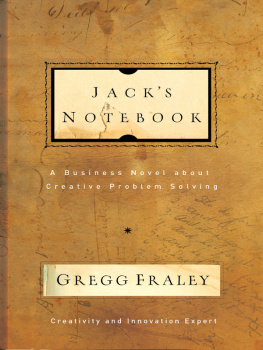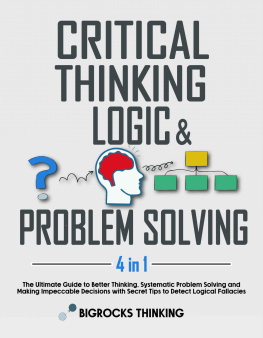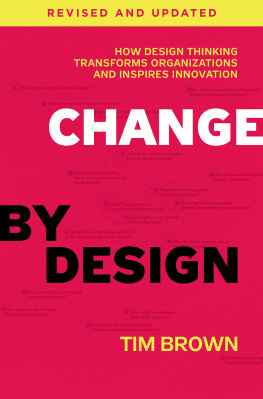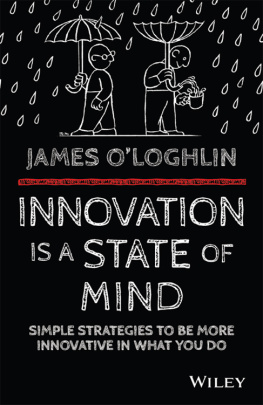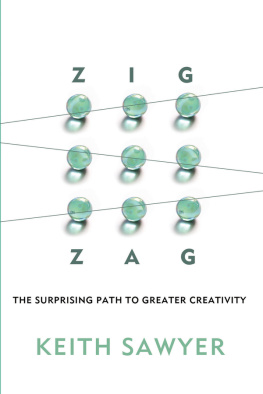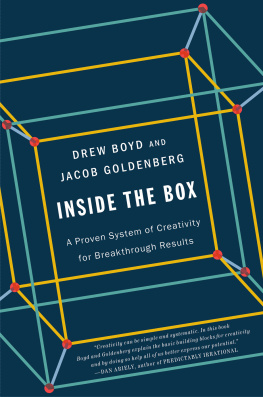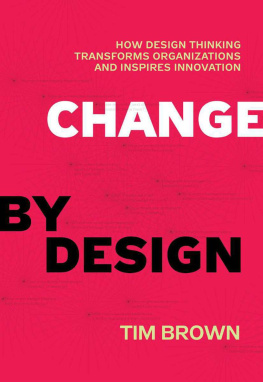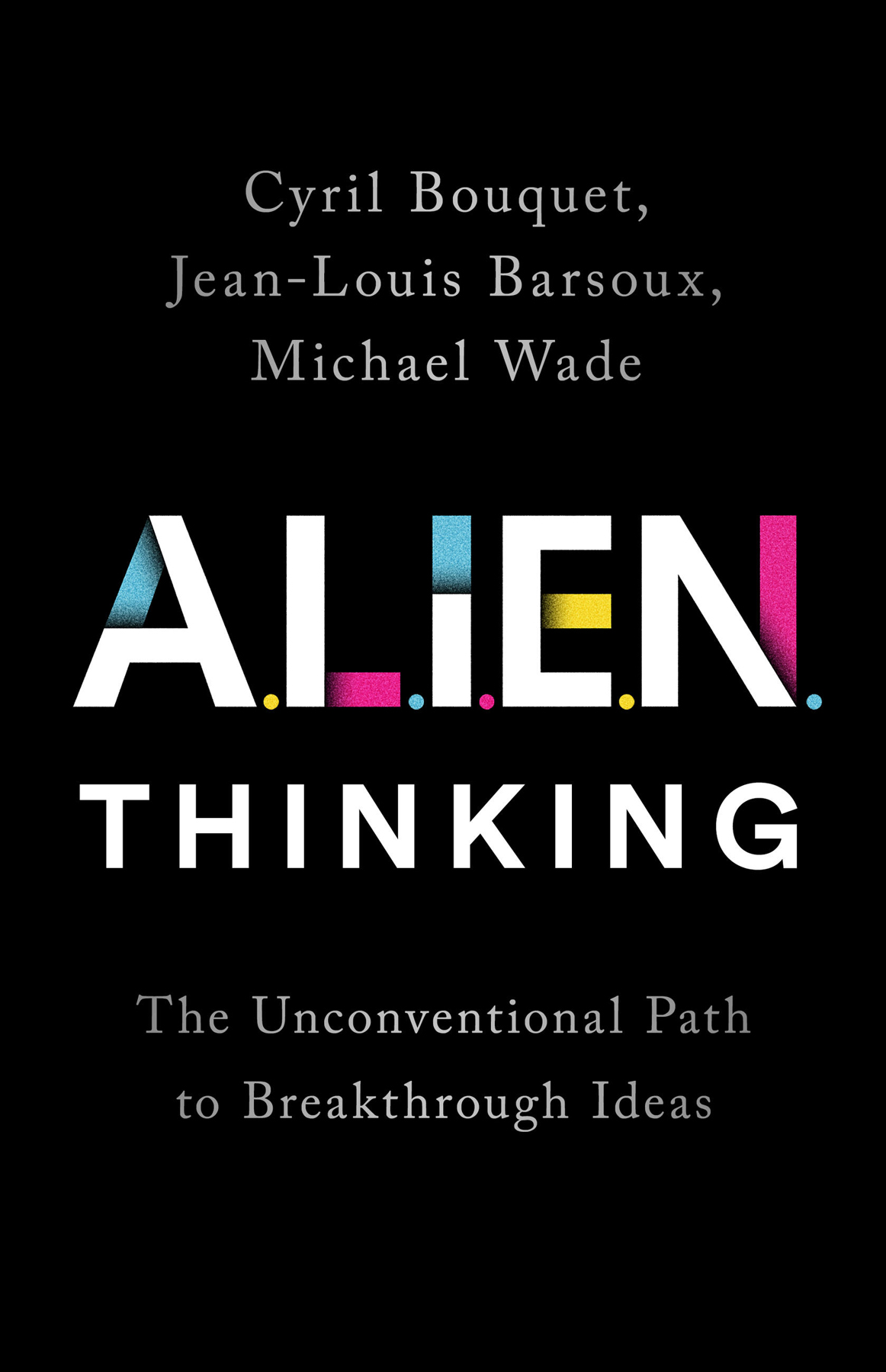
Copyright 2021 by Cyril Bouquet, Jean-Louis Barsoux, and Michael Wade
Cover design by Pete Garceau
Cover copyright 2021 Hachette Book Group, Inc.
Hachette Book Group supports the right to free expression and the value of copyright. The purpose of copyright is to encourage writers and artists to produce the creative works that enrich our culture.
The scanning, uploading, and distribution of this book without permission is a theft of the authors intellectual property. If you would like permission to use material from the book (other than for review purposes), please contact permissions@hbgusa.com. Thank you for your support of the authors rights.
PublicAffairs
Hachette Book Group
1290 Avenue of the Americas, New York, NY 10104
www.publicaffairsbooks.com
@Public_Affairs
First Edition: March 2021
Published by PublicAffairs, an imprint of Perseus Books, LLC, a subsidiary of Hachette Book Group, Inc. The PublicAffairs name and logo is a trademark of the Hachette Book Group.
The Hachette Speakers Bureau provides a wide range of authors for speaking events. To find out more, go to www.hachettespeakersbureau.com or call (866) 376-6591.
The publisher is not responsible for websites (or their content) that are not owned by the publisher.
Library of Congress Cataloging-in-Publication Data
Names: Bouquet, Cyril, author. | Barsoux, Jean-Louis, author. | Wade, Michael, author.
Title: ALIEN thinking : the unconventional path to breakthrough ideas / Cyril Bouquet, Jean-Louis Barsoux, and Michael Wade.
Description: New York : PublicAffairs, 2021. | Includes bibliographical references and index.
Identifiers: LCCN 2020038614 | ISBN 9781541750913 (hardcover) | ISBN 9781541750920 (ebook)
Subjects: LCSH: Creative ability. | Attention. | Levitation. | Imagination.
Classification: LCC BF410 .B68 2021 | DDC 153.3/5dc23
LC record available at https://lccn.loc.gov/2020038614
ISBNs: 978-1-5417-5091-3 (hardcover), 978-1-5417-0048-2 (international), 978-1-5417-5092-0 (ebook)
E3-20210217-JV-NF-ORI
Praise for
ALIEN Thinking
A sharp critique of the conventional wisdom around innovationwith thought-provoking advice for how to do it better.
J AKE K NAAP , inventor of the Design Sprint and New York Timesbestselling author
Apply ALIEN Thinking to go from early opportunity recognition to impactful innovation. I really enjoyed how this book offers compelling insights and powerful illustrations to enhance the innovation process.
A LEX O STERWALDER , author of the two-million-copy bestseller Business Model Generation
Stuck in innovation stagnation? Read this brilliant book, and youll break free from it.
R OLF D OBELLI , author of the million-copy bestseller The Art of Thinking Clearly
ALIEN Thinking is an accessible approach to finding and implementing breakthrough ideas. The authors offer illuminating examples to introduce and illustrate the real-world efficacy of each of the major concepts. I recommend this book to anyone willing to do the hard work of generating and implementing breakthrough ideas.
B ERNARD R OTH , academic director of the Stanford d.school and author of The Achievement Habit
Compared to many innovation books, this one is unique in that it emphasizes the emotional side of innovation. Practicing innovators will find a sympathetic companion in this fascinating book.
K EITH S AWYER , author of Zig Zag and Group Genius
In todays fast-changing world, innovation is essential for success. The authors of ALIEN Thinking have drawn upon their extensive experience to provide a powerful new framework to dramatically improve the odds for innovative thinking and breakthroughs.
R OBERT R OSENBERG , retired CEO of Dunkin Donuts and author of Around the Corner to Around the World
I wish I had read this book years ago. A very pragmatic and eye-opening framework to help make innovation a game-changing reality, whether you are in a small start-up or a big multi-national corporation.
C HRIS J OHNSON , executive vice president of Nestl, chief executive officer of Zone Asia, Oceania, and sub-Saharan Africa
ALIEN Thinking offers a business-oriented, applicable framework to innovate. It is a must-read for corporate innovators and intrapreneurs, to create true value for their customers and organizations.
E STHER S EIDL -N USSBAUMER , head of corporate innovation, SIGVARIS
To my dearest children, Rmy and Micah. You remind me every day what matters most, and I will forever treasure your love, happiness, and incredible ability to step up to new challenges. You make me proud every day.
C YRIL
To Astrid, Chlo, and Katarina for their energy and inspiration.
J EAN- L OUIS
To my kids, both ALIEN thinkers, who, despite my best efforts to derail, have turned into kind and thoughtful adults; and to my long-suffering wife, Heidi, who surprises and delights me each and every day.
M IKE
Y OUR JOB IS TO KILL YOUR OWN BUSINESS, SAID A MAZON CEO Jeff Bezos. I want you to proceed as if your goal is to put everyone selling physical books out of a job.
Bezos was talking to Steve Kessel, leader of a small team of Amazon engineers whod spent the last few years developing a new e-book reader. Toiling in an old law library in Seattle, surrounded by the very books they hoped to render obsolete, the team had made significant progress. But something wasnt quite right. Their founding vision was beginning to feel small. There was nothing magical about the new device, nothing that really distinguished it from the competition. Then Bezos had an idea
Its been more than a decade since Amazon unveiled the first Kindle. In fact, if youre reading the digital edition of this book, theres a good chance you purchased it from Amazon and wirelessly downloaded it to either your Kindle or another mobile device that supports MOBI, Amazons e-book format. Today, Amazon so thoroughly dominates the market for electronic and print books that you may not remember a time when this wasnt so. But Amazons preeminence was not a historical inevitability. In 2006, Barnes and Noble was the Goliath of book retailers and the e-book was an emerging technology struggling to gain acceptance with publishers and the reading public. And it appeared that Sony, not Amazon, was about to disrupt this industry.
In September of that year, Sony introduced the PRS-500 Portable Reader, a beautifully crafted e-reader that was hailed as the iPod of the book industry, the electronic gadget that could change the way we read. Priced at $350, the Reader was slim and lightweight, and it achieved a feat that no previous e-reader had managed. The device featured an electronic ink technology that made e-book viewing as easy on the eyes as a printed book. It also had a brighter screen, longer battery life, and more memory than its competitors. To buy an e-book, you simply selected a title from one of the ten thousand available at Connect.com, Sonys online bookstore. Then you downloaded it (in Sonys proprietary BBeB format) by connecting the Reader to your PC with a USB cable.
Compared to every other e-reader in the fledgling market, the Sony Reader was avant-garde. In terms of design, it was a sleek and stylish Porsche among a bunch of jerry-rigged Model Ts.
It was also a massive flop. Within a few years, the Sony Reader was a historical curiosity.
To understand why this happenedand happened so fastwe must look at how Amazons development team approached the task of creating the Kindle.


